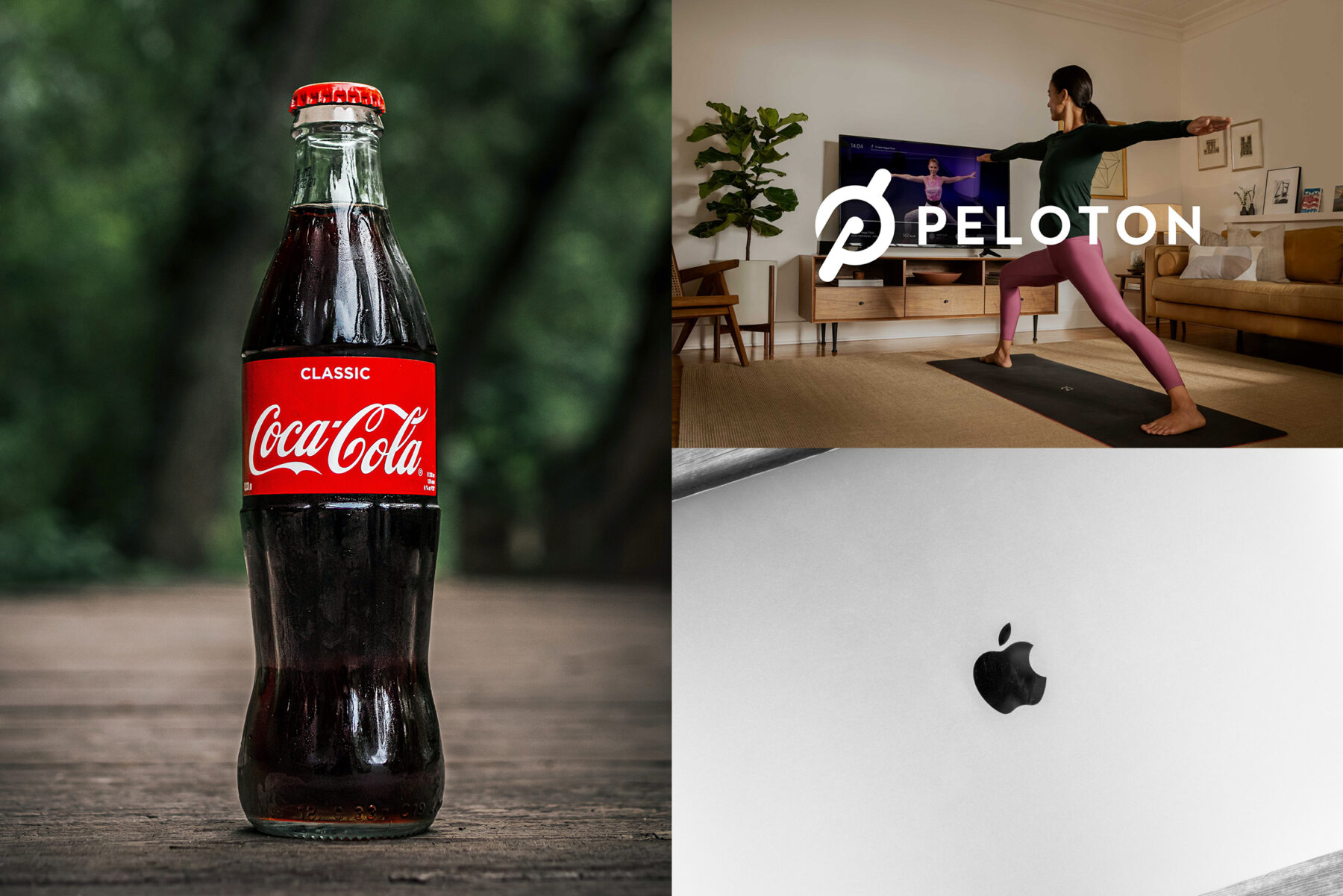How to conduct a design audit.

A design audit is a simple tool that you can use to audit your business’ overall design and how you communicate to your end-users. Regularly conducting a design audit can help to benchmark your businesses marketing performance and improve user experience and opportunities across the board. A design audit is not a vanity metric and shouldn’t be a one-off project. It’s a measure-able benchmark to report back on marketing performance.
So, if you are wondering how to apply a design audit to your business, read on for our top tips on web and collateral design, website branding and how you can apply design audit to your business and communicate with key stakeholders.
A lot of people actually don’t understand what a brand is (I’ll whistle through this quickly).
Firstly, it’s not a logo. A logo is a logo. And a logo is one part of the many visual elements which can be created once you define your brand. But you can’t create a logo or those elements until you know what your brand is.
Take Nike for instance. Despite having clear differences in product design and apparel design – the tick is still one of the most noticeable brands out there. But it’s not just because of the tick. Let me explain…
There are two definitions to understand. Collins describes the word “Brand” as:
A brand of a product is the version of it that is made by one particular manufacturer.
This is my favourite brand of shampoo. [+ of]
I bought one of the leading brands.
…a supermarket’s own brand.
(E.g. Nike).
Now, the second description that’s relevant.
OR
If something is on brand, it conforms to the idea of a product, organisation, or person that someone wants to promote.
They spend their days on their employers ‘ social media accounts, retweeting on-brand messages.
(E.g. The feeling that Nike wants to give you in its advertising of its apparel).
Next, and confusingly, an article by Tracy Lloyd from Emotive Brand states:
“…as branding progressed, marketers realised there was more to the brand of Coca-Cola than just a non-generic name.
She also cites ‘The Dictionary of Brand’ that defines the terms as: “a person’s perception of a product, service, experience, or organisation.”
(E.g. How you look at and feel about Nike’s apparel, advertising, and ethos).
David Ogilvy, the “Father of Advertising,” defined brand as “the intangible sum of a product’s attributes.”
So, let’s jump to the assumption that your brand is your company, the feeling you want to give people who interact with it, and how people feel about it when they interact with it.
So, no wonder you need a design audit. It’s a confusing world out there! Read on to find out how you can conduct a design audit of your own business.
Now the background reading is out of the way (and hopefully you’re still with me), let’s talk about what a design audit actually is and how you can use it as an opportunity to check your brand is performing.
An audit helps you ask if your company’s brand is meeting your expectations and that of key stakeholders and your clients. Even if you conduct just one audit, you’ll probably be ahead of your competitors when it comes to design.
To do this, I recommend considering five key aspects of an audit to make sure it’s consistent across your business…
Does your brand and design have visual appeal?
Is your tone of voice suited to your sector and your customers?
Understand where you are, and where you want to get to.
This is a basic but it’s often overlooked.
Give your brand and design a good chance to succeed.
If your brand has its own Brand Guidelines that dictate your visual design and tone of voice – check it and follow them. All the time. Your Brand Guidelines act as a design standards manual for you and your brand advocates to communicate your brand clearly and concisely to the outside world.
If you don’t have Brand Guidelines, then there are more points here to consider when it comes to various design elements:
This is your opportunity to check your visual branding, tone of voice and message across the board and use the tools at your disposal to improve it.
Think about the last brand you saw that gave you that “Wow!” moment. Was it on a website or social media? Did it look great? Did you feel a stronger pull towards engaging with their product or service? Wouldn’t it be great if your own brand could aspire to have that impact?

Unfortunately, I can’t guarantee results for you if you go through this process, but I can’t emphasise strongly enough that a brand with a clean look and feel is a huge driver behind increasing engagement, interaction and advocacy. And that’s why a design audit is so important. It checks everything from visual design to the individual design elements so you can communicate as clearly as possible.
Is your tone of voice and message suited to your sector and your customers? When was the last time you audited it?
How your brand articulates itself can be a game-changer. Think about the difference in how you’re spoken to by different brands from the same sector, especially across their website and in their advertising. Sky Broadband and Plusnet are both providers of home broadband but talk to customers in completely different ways. Sky Broadband’s messaging focuses on speed, the superfast, and immediacy, delivered in a punchy and aspirational fashion.
Plusnet’s messaging and designs are based on its theme of reliability, service levels and trust, communicating these values in an approachable and colloquial manner and with lots of trust signals (and dulcet Yorkshire tones).
Just as it is vital to make sure you get your tone right, you need to apply it consistently across all your brand’s touch-points, visual design and visual identity. It improves wider user experience and user journey and will ultimately delight your customers if you get it right.
For example, if your company works in the structural engineering sector, it would be preferential if you spoke in an authoritative, professional and respectful tone throughout your collateral. You wouldn’t want to confuse this by wording your social media advertising on LinkedIn as friendly, flirtatious and cheeky (which would be better suited to subscribers for an online dating app). So, avoid having a step-change for a better and clearer user experience.
In order to better engage your customers and clients with a suited tone of voice, we work on applying personas to your audience. We get under the skin of who you’re trying to communicate with and imagine the challenges they face in their decision-making process. Again, this plays into planning out user journeys and cross-platform user experience.
For example, are the people you are trying to communicate with dealing with line managers, tight budgetary constraints, or do they have a complex journey before buying? If so there are big gains you can make using this design audit to change your user experience for the better. It’s not exactly walking a mile in someone’s shoes, but as an exercise in getting your brand approach right, it serves a key purpose when it comes to design.
Understand where you are, and where you want to get too.
Have a look at what your competitors are doing in the design and brand space. I am a strong believer in competitor design audits – it provides a useful insight into what other organisations are doing that you aren’t (whether they are out-performing or under-performing you). Are these companies pushing the hard-sell and being direct, or are their brands communicating in an aspirational, relaxed and calm fashion?
You shouldn’t copy what your competitors are doing. That’s not the purpose of a design audit. Instead, you should see it as a chance to see why people are already engaging with you and your brand and why they may have chosen you over competitors.
We encourage you to segment your competitors across all channels and visual styles in a design audit. Who are your competing with for customers and who do you want to be competing with after any implementation of fresh creative or strategic brand repositioning?
I’d encourage you to aim high, but with a strong shot of realism. If you have an SME sized company in the electronics sector, your rebooted brand, spangly marketing collateral and consistent messaging won’t turn you into Samsung overnight. Taking what you learn from a design audit and implementing it to start communicating a strong brand and design across all channels, your website and your wider business.
And don’t forget to pay attention to what your competitors do in future too – one audit won’t solve all your problems. You need to continually work on and review your design and visual branding to make it really effective.

This is a basic but it’s often overlooked.
This happens so often… I navigate to an organisation’s website. As part of the audit, I can see it has a great design, the correct logo, easily navigable and well thought through user journey elements. The website loads quickly, has strong photography, a bright colour palette and fits their intended sector and audience.
But, they don’t say what on earth it is that they do.
It’s no good getting these other key elements that make a brand engaging on-point if you don’t communicate exactly what it is that you do. I recommend delivering this key information in a concise way to your user.
We work with you to develop engaging and provoking branding messaging. This can take the form of a strapline that sits at the top-level of any collateral, or it can be an entire messaging pack that sums up what your business does and how you’re different, complete with a strapline, calls to action and a word bank. These are constructed by our talented Content Team and they distil exactly what it is you do, who you do it for, and why you do it in a that engages your customers/clients.
Give your branding a good chance.
Ultimately, a strong, well-constructed brand is much more than just a logo. The most memorable brands develop an entire visual identity and fuse that with compelling messaging to influence and inspire. This will help you yo understand how to gain a tangible advantage against the competition, and articulate concisely and clearly to the intended audience.
With Purpose Media as your branding agency, we create a brand and user experience across your website and collateral that your prospects and advocates can engage with. We help you audit, compare, create and roll out your branding strategy and audit outputs across your entire organisation and website, giving you an outstanding brand identity that you can be proud of.